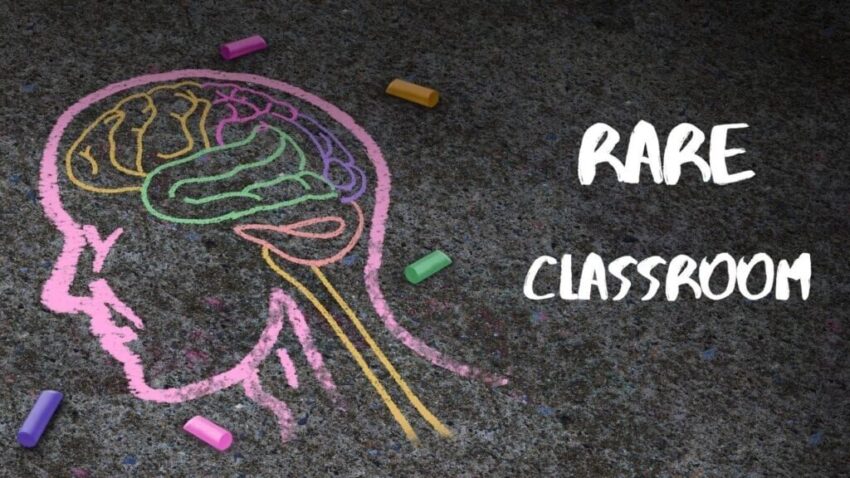Welcome to the Rare Classroom, a new series from Patient Worthy. Rare Classroom is designed for the curious reader who wants to get informed on some of the rarest, most mysterious diseases and conditions. There are thousands of rare diseases out there, but only a very small number of them have viable treatments and regularly make the news. This series is an opportunity to learn the basics about some of the diseases that almost no one hears much about or that we otherwise haven’t been able to report on very often.
Eyes front and ears open. Class is now in session.

The disease that we will be learning about today is:
Mast Cell Activation Syndrome
What is Mast Cell Activation Syndrome?
- Mast cell activation syndrome is a form of mast cell activation disorder that was first described in 2007
- This is an immune system condition in which the mast cells release excessive chemical mediators, which can trigger a variety of serious symptoms
- Mast cells, a type of granulocyte, are part of the connective tissue and hold granules filled with heparin and histamine.
- Mast cells play a role in defense against pathogens, immune tolerance, angiogenesis, and wound healing. However, they are most known for being central to the mechanisms of anaphylaxis (or anaphylactic shock) and allergic reactions.
- Mast cell activation syndrome should not be confused with mastocytosis, in which there are abnormal mast cells or too many mast cells.
- Instead, mast cell activation syndrome is defined by mast cells that do not function properly.
- Generally, this is not a well understood disease and is believed to be underdiagnosed.
- The disease can present systemically or locally
How Do You Get It?
- The cause of mast cell activation syndrome isn’t very well understood.
- However, in at least some patients, the disorder appears to be inherited.
What Are The Symptoms?
- In general, symptoms seem to appear in two different patterns:
- In some, symptoms are activated by certain triggers, such as:
- Stressful life events
- Allergies
- Certain medications
- Smells (smoke, perfume, etc.)
- In other cases, symptoms develop more gradually and get progressively worse over time
- In some, symptoms are activated by certain triggers, such as:
- Symptoms include:
- Skin
- Bruising
- Flushing
- Hives
- Dermatographism
- Pale or ruddy complexion
- Burning sensation
- Itching
- Breathing
- Wheezing
- Congestion
- Coughing
- Cardiovascular
- Tachycardia
- Dizziness
- Lightheadedness
- Arrhythmia
- Syncope
- Gastrointestinal
- Throat tightness, difficulty swallowing
- Nausea
- Vomiting
- Acid reflux
- Intestinal discomfort
- Diarrhea or constipation
- Cramps
- When mast cells release a critical mass of chemical mediators, anaphylaxis may begin, leading to difficulty breathing, rapid pulse, feeling of warmth, fainting, dizziness, flushing/pale skin, hives, diarrhea
- Skin
How Is It Treated?
- There is no cure for mast cell activation syndrome, but symptoms can be treated effectively. While medications are often needed indefinitely, this can allow some patients to live relatively normal lives.
- Non-steroidal anti-inflammatory drugs (NSAIDs) can be effective at treating inflammation in some patients; unfortunately, in others, they can trigger severe reactions
- Other treatment options include:
- Antileukotrienes: These include natural products, like curcumin and St. John’s Wort, as well as zileuton and montelukast
- Mast cell stabilizers: These include quercetin and cromolyn sodium
- H1-antihistamines
- H2-antihistamines
- Due to the lack of research, outcomes in mast cell activation syndrome are unclear.
Where Can I Learn More???
- Check out our cornerstone on this disease here.
- Learn more about this condition from the Mast Cell Research Institute.


